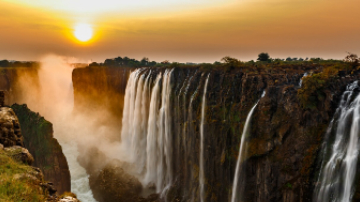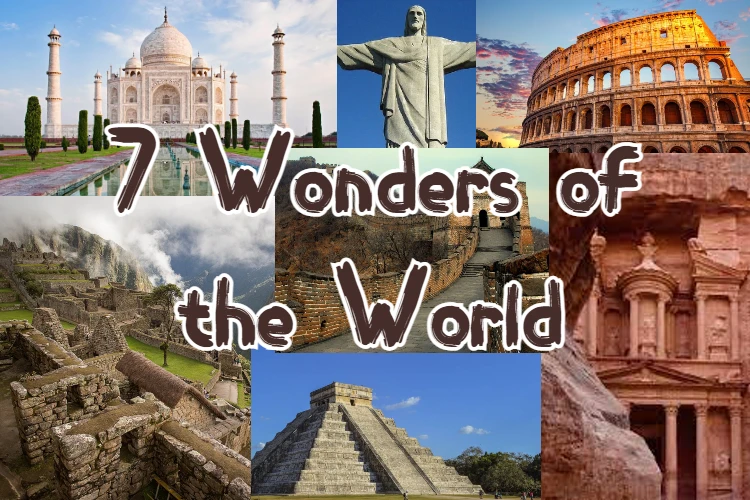
In school, we all have studied the history of the world and civilization, how the world started from single-celled organisms like eukaryotes. These single-celled molecules absorb sunlight and after millions of years, we have civilization, society, and then architecture.
The world has advanced in technology, and construction has become easier than ever before. Despite the advancement in technology and equipment, there are seven historical sites that amaze people with their grandeur and marvelous design.
These structures and monuments stand a cultural and historical significance, but many people can not name all these seven wonders of the world. If you are not familiar with the complete list of the seven wonders of the world, here is the complete information about why these sites are the source of interest and amazement
-
Chichén Itzá:
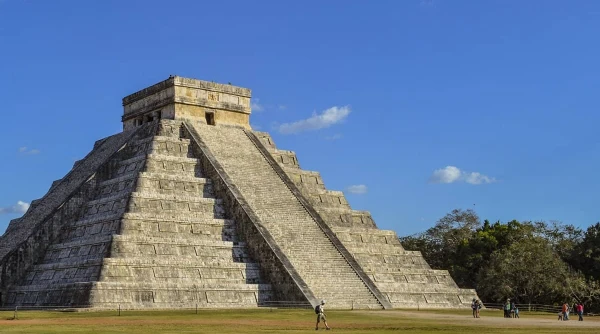
This historical site is a ruin of a temple dating back to 600AD. This monument is evidence of thriving Mayan culture in the current Mexican city. The town of Chichen-Itza translates to "At the edge of the well of the Itza”.
-
Christ the Redeemer:

This statue has been part of many Hollywood and Bollywood movies and is a popular roman sculpture. Standing 92 feet tall, this wonder of the world is a symbol of Christianity serves as a symbol of protector of the world and the environment.
-
Colosseum:
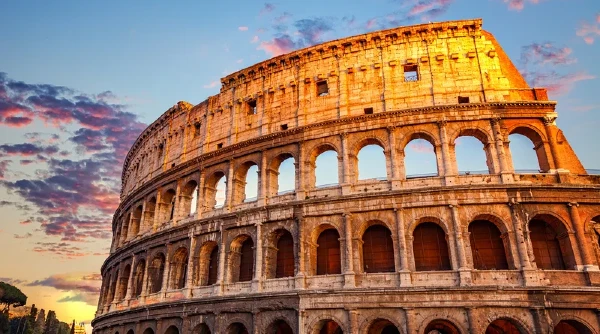
The Roman Colosseum is the largest standing ancient amphitheater to date. In Roman times, it was an area for entertainment that served as an area for gladiator fights, plays, performances, and such entertainment, cultural and festive activities.
-
Great Wall of China:
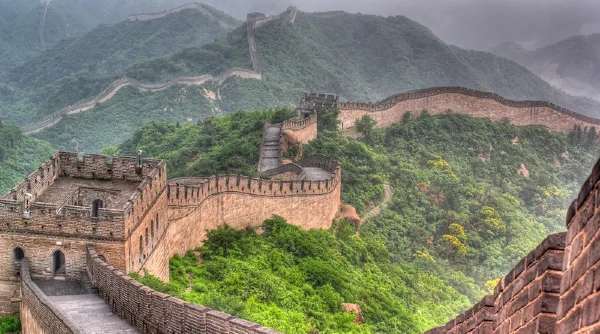
one of the two Asian wonders of the world, the great wall of china was built around the border of China, to protect it from invasion. The wall has checkpoints that serve a dual purpose of guardhouse like the architecture of the military. The great wall of China covers such a large expanse of land that it is visible from the space station.
-
Machu Picchu:'

15th-century Inca citadel, this location is also evidence of evaluation and lost ancient civilization. situated in Peru, the walls of the area are a lesson of architectural wonder. The high-tech drainage system and the panoramic view altogether generates wonder in the mind of the tour.
-
Petra:
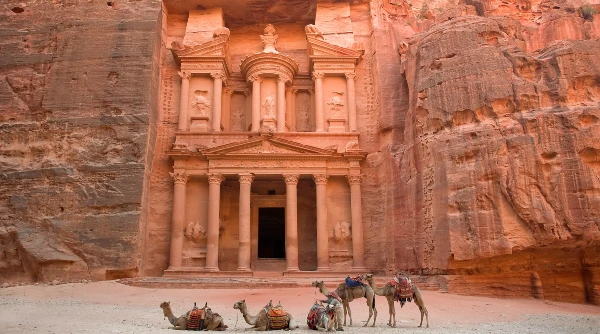
Petra is also called the red rose city and has been a world heritage site since 1985. It is a tourist attraction because of its stone carvings at the temple of Al-Khazneh. This tourist destination is also a major source of income in the form of tourism for the county of Jordan.
-
Taj Mahal:
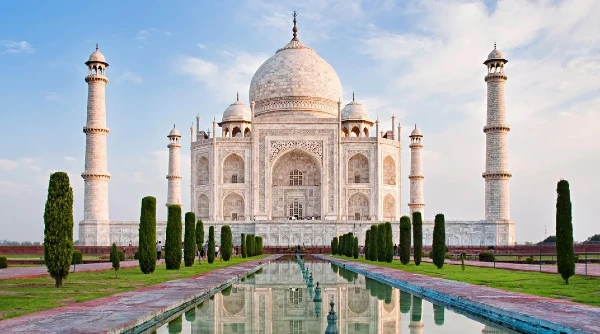
taj mahal is a fine example of the cultural amalgamation of Indian, Persian, and Islamic styles. Essentially a mausoleum, the Taj was constructed in 1632 by Mughal emperor Shah Jahan in white marble from Rajasthan that serves as the resting place first for his wife, Mumtaz Mahal, and later the shah himself.





